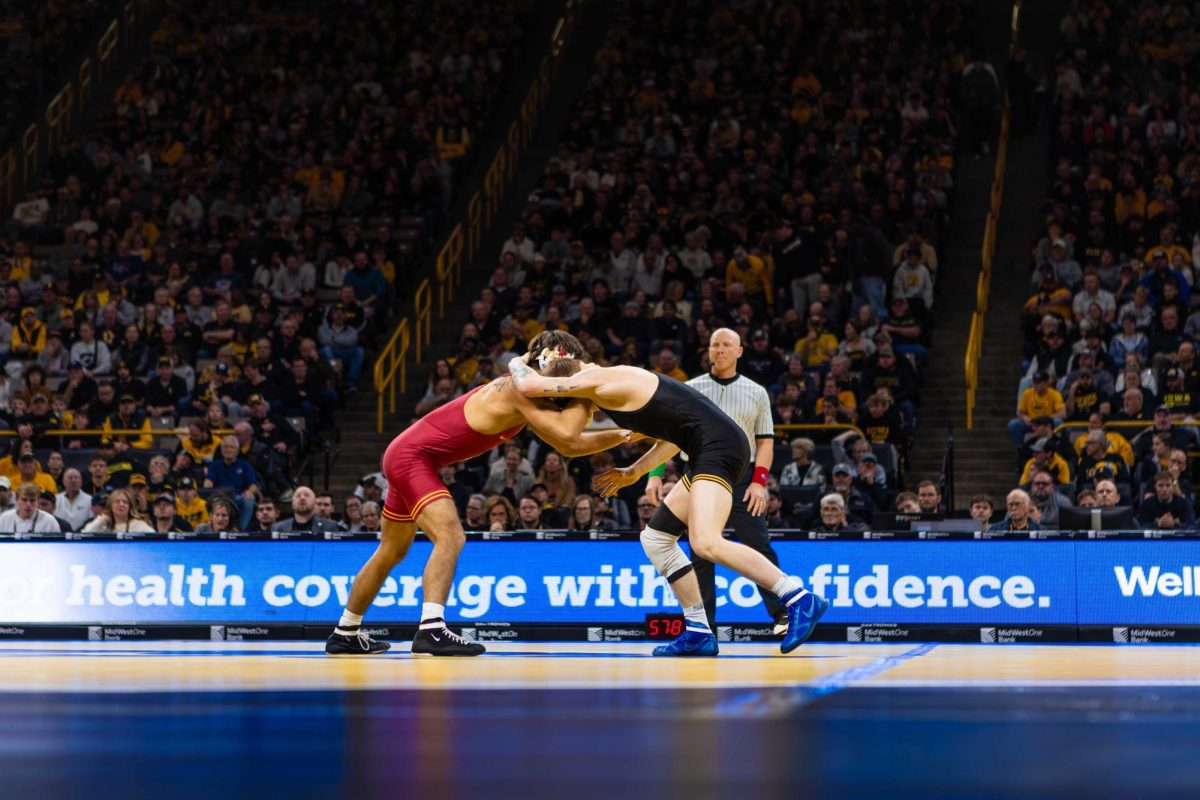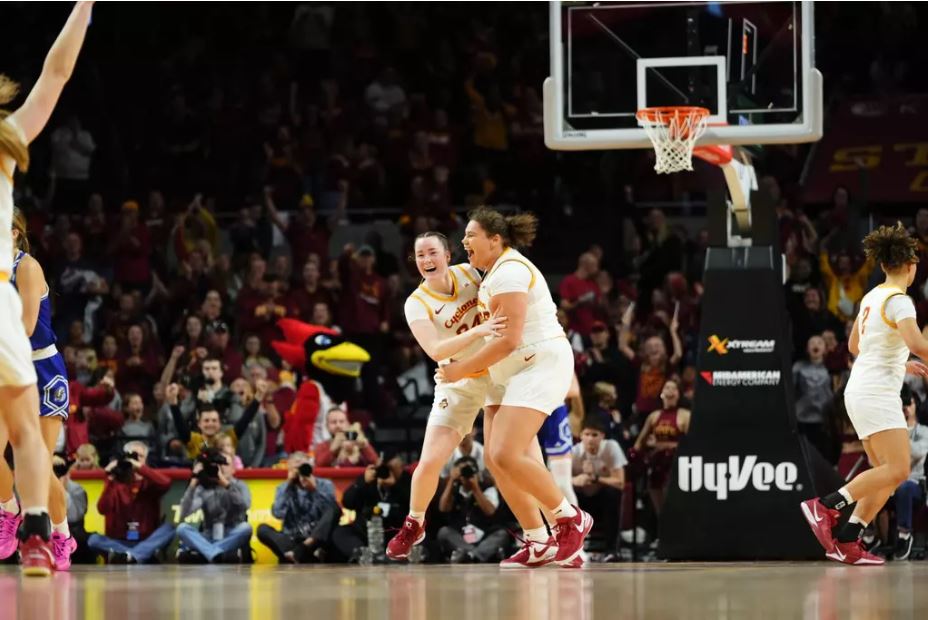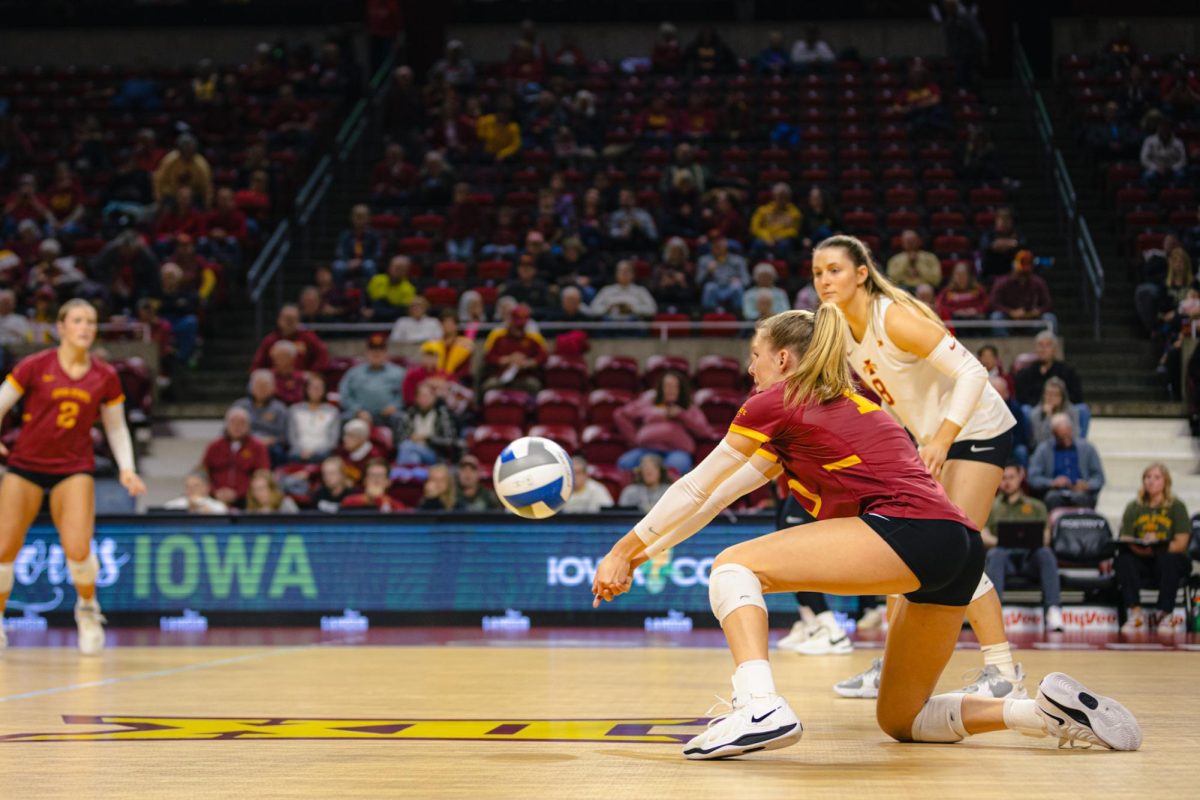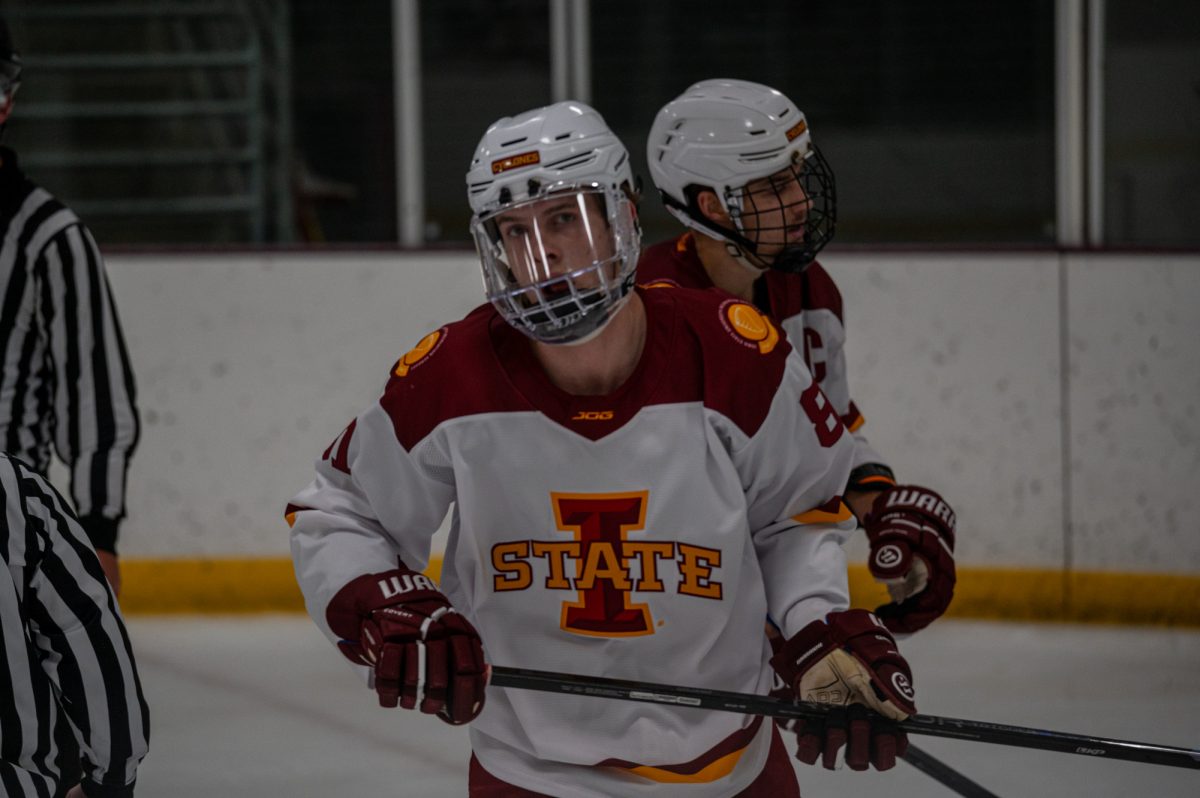If you want to see hitting, watch the American League
May 27, 1998
Look at these scores and decide what sport it is: 11-4, 15-13, 20-4, 16-3, 14-5. Give up yet? Well, if you guessed baseball, you are correct. Sounds more like a volleyball score or a football score than anything related to baseball.
The “juiced ball” is alive and well in the A.L., but I think there is more to it than that. Sure, there are probably a few corked bats that have gone unnoticed, but the hitting is probably as solid in this league as it has been since the days of the Babe Ruth, Lou Gehrig, Ted Williams and Jimmie Foxx.
The American League has always been a hitter-friendly league. It shows in the dimensions of stadiums as well as horrendous pitching. In most A.L. parks, the outfield is cut at diverse angles with walls in both right and left field. None are more notable than the Green Monster at Fenway Park in Boston. One would think these obstacles would prohibit home run hitting, but the opposite has happened.
One cannot say enough about the pitching in the league. You know there is a problem when the league-leading team earned-run-average is near 4.00. Some pitching staff somewhere is getting rocked every night. That high of a number looks good on a report card, but not on a baseball diamond.
The last hugely offensive game that I can remember in the National League was the 23-22 game that the Phillies won against the Cubs in 1979, when the Phillies scored seven runs in the first inning and their pitcher hit a home run. I don’t remember all the details, but I’ll bet Mike Schmidt was licking his chops when that happened.
Also, the “dreaded” designated hitter (whatever stance you take) has been able to make an American League team more powerful offensively since the early ’70s, when it was installed in A.L. only. With the legality of the DH, no longer does the pitcher have to bat as he does in the N.L. The DH creates a “loaded” lineup, and there is no longer one sure out because the pitcher does not come to the plate.
It seems that all the great home run kings of the past have dwelled in the A.L. George Herman “Babe” Ruth, Ted Williams, Reggie Jackson and Mark McGwire were giants among men in the league at some point.
Don’t get me wrong, the A.L. has turned out some fantastic hitters besides the above. Joe DiMaggio, Al Kaline, George Brett, Robin Yount, Rod Care, and others weren’t noted for tape-measure home runs, but they hit just about everything in sight.
In fact, Brett was the last player to flirt with .400 in a full season when he hit .390 in 1980. The last to hit .400 was Ted Williams in 1941 when he hit .406.
DiMaggio hit in 56 consecutive games in ’41 as well, but no one has hit in more than 37 straight in the A.L. when Paul Molitor reached that in 1987 for Milwaukee.
Of course, everyone knows about the Triple Crown seasons of Mickey Mantle in 1956 and Carl Yastrzemski in 1967, as well as Roger Maris’s 61 homers in ’61.
Those were great times for American League baseball, and for baseball in general.
Today, the hitters aren’t as good, but there is more discipline at the plate. American League hitters are more willing to take walks and get base hits.
Hitters are also physically stronger today than they were a couple of generations ago. Still, home runs are less frequent, but the run producing is still there.
Also, the strike zone today is different because it is smaller. In the A.L. the zone is from the knees to the belt and pretty much spans the width of the plate. There are few low and away strikes called by American League umpires, unlike the National League, where the Atlanta Braves pitchers get those calls nearly every time.
It is for these reasons that I think the American League is more exciting to watch. It is not unusual for at least one team to score 10 runs, which is great baseball to watch. The ideal games to see would be slug-fest like a 23-22 game in the American League. If this has happened, it has been many years since it occurred.
Someday, probably really soon, some team is going to score 30 runs in a game in the modern era. It would be nice to see records set that break records from the early half of this century, when hitters dominated the game, because we are not likely to see it again.
Watch American League baseball now, because you won’t get bored by good pitching and lousy hitting like the National League.
Chad Drury is a senior in journalism and mass communication from Marshalltown, Ia.






